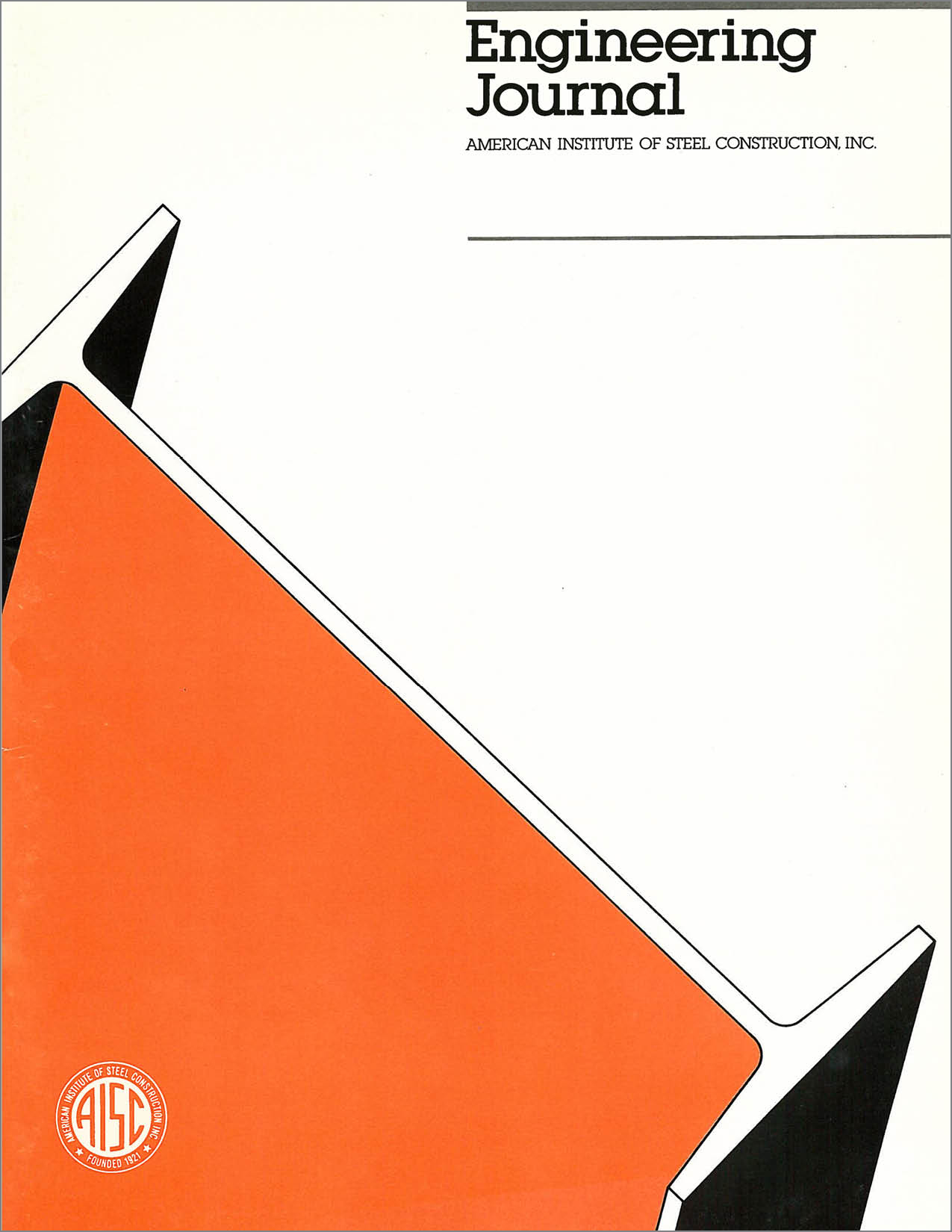Behavior and Design of Flexibly- Connected Building Frames
DOI:
https://doi.org/10.62913/engj.v27i1.534Abstract
Although the behavior of connections in steel construction extends over the full range from near pinned to almost-rigid, traditional engineering practice has considered only the extreme limiting cases: either perfectly pinned, as in ideal trusses, or fully rigid, as in rigid-frame construction. The neglect of real connection behavior can lead to unrealistic predictions of the response and strength of steel structures, and less than optimal design in steel construction. This paper was written in order to demonstrate that more realistic connection behavior can be included in analysis without undue pain, and that design of flexibly-connected steel frames is fully within reach of professional office practice. We have tried to explain the concepts and procedures in a simple fashion, and to demonstrate the benefits of a more realistic approach by means of several examples.

